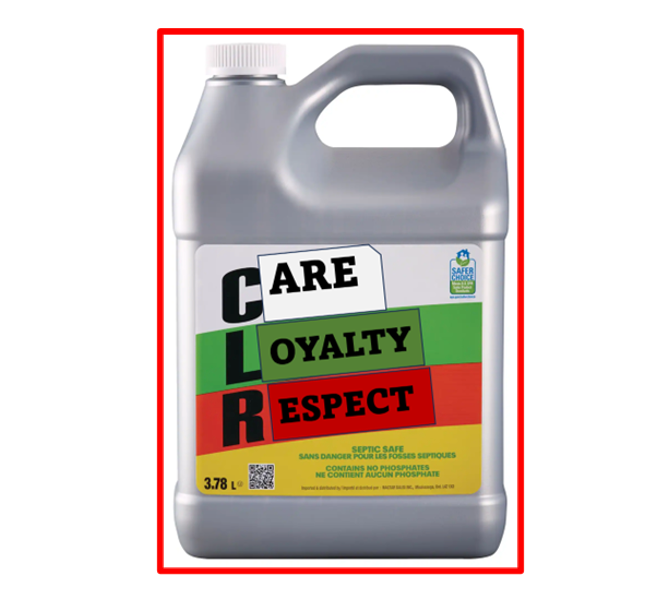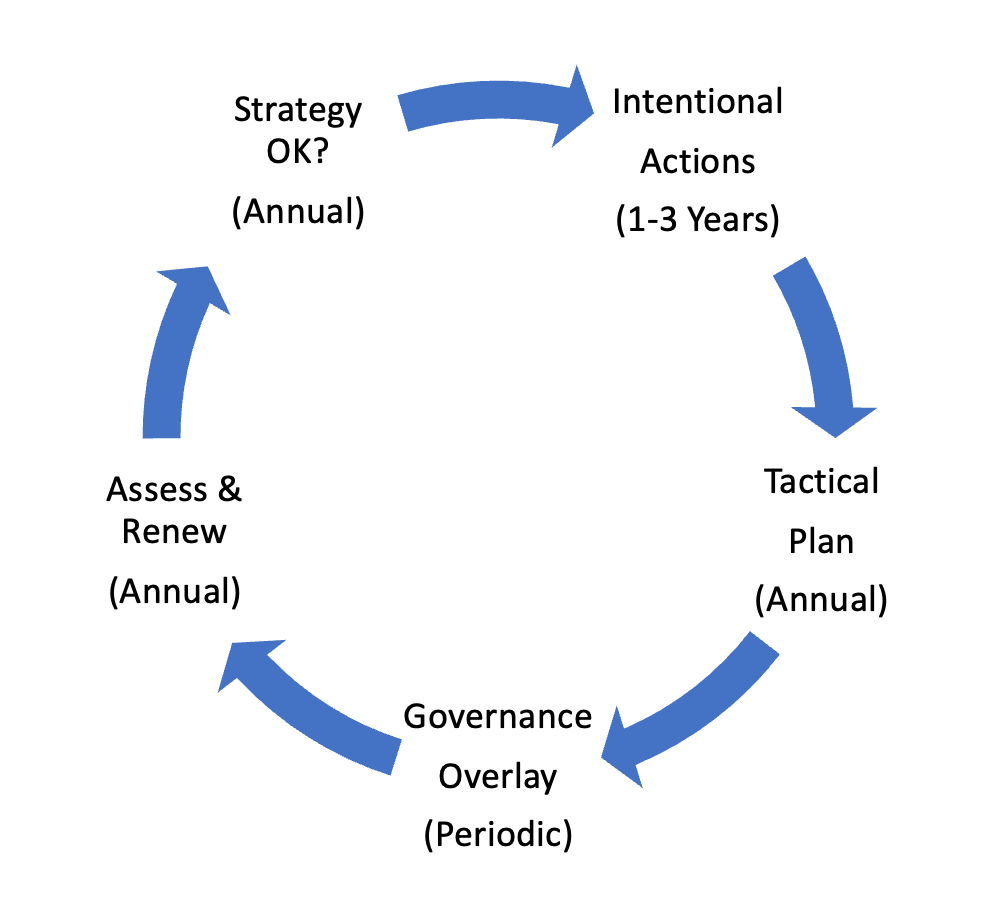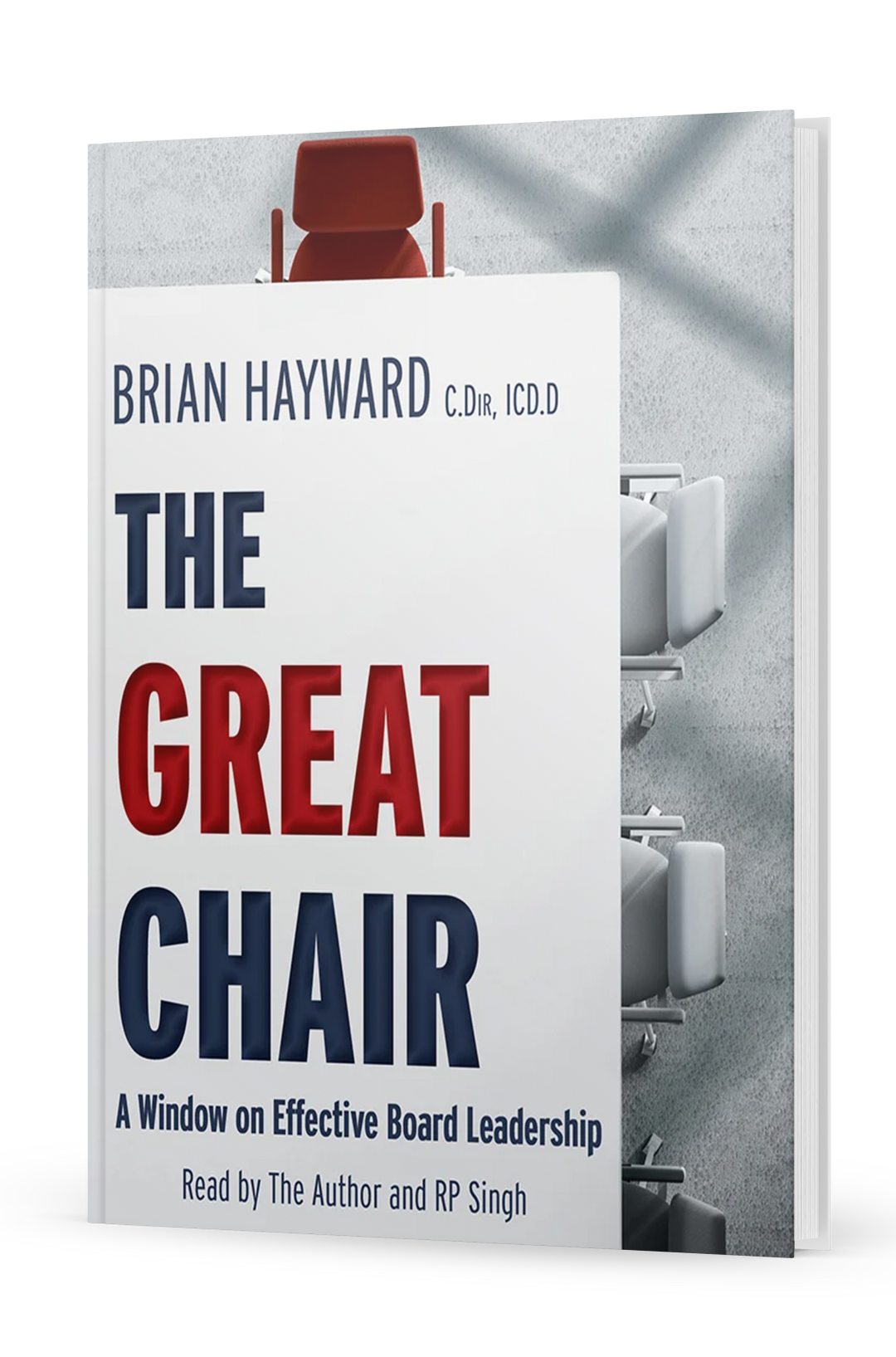GOVERNANCE MECHANIC
Boards are teams. The best teams are built with intent…they are designed. And then? The best teams train and prepare. They look for feedback and objective analysis from experts.
Teams have slumps and need to refine their playmaking. The strategic playbook may be stale. Teams may need to refresh their attack through a focus on core elements of execution. Working solo or with affiliated professionals such as Ozone Advisory, you can build the right team, and sharpen performance.
Looking for objective feedback?
Congrats on adding a Flexi section! 🎉 Go to App Embeds on the left hand side if the screen in theme settings to remove this banner. Make sure "Flexi Sections" is enabled.
Board Development
What do Directors do?
(Virtual or In-Person)
This module is foundational for new boards, and boards that have “lost their way”—becoming mired in operations and detail—instead of doing what directors are supposed to do. Interactive, using custom designed case studies, this facilitated session will renew the focus on three core duties: duty of care, duty of loyalty, and duty to respect laws, regulations, and the organizations own charter and by-laws.

Care, Loyalty, Respect
Design & Build a Board
Your company has never had a board.
Now, the founder is thinking of retiring. Or maybe there’s headwinds—things happening in the market—that have led a family or partnership to consider bringing fresh eyes to building a sustainable future. But how do you create a board? What’s the way forward?
Designing a board from scratch involves several discrete steps—starting with listening to the voices of the stakeholders—distilling their core values, expectations, and risk tolerance. With that framing, next steps involve understanding the mindset and experiences of an ideal mix of directors, and especially the leadership attributes of the Board Chair.
Before you build a board and thinking of recruiting directors, be sure there is a design. Connect with Brian to learn more.
Can you say what your strategy is in 35 words?
“It’s a dirty little secret: Most executives cannot articulate the objective, scope, and advantage of their business in a simple statement. If they can’t neither can anyone else”. Those words open an acclaimed 2008 Harvard article, outlining how to develop a clear strategic direction—one that’s understood widely by leaders and staff within an organization—whether the goal is “for profit” or not.
Applying Harvard’s time proven methodology, this custom designed facilitated strategy session channels the knowledge and experiences of board and management leaders, to develop a concise statement of direction—along with key strategic intentions—that drives go-forward board agendas and creates internal alignment.
Sustaining “Great Governance Flywheel” Momentum
The strategy meeting was great. But none of what was discussed figured prominently on the next Board agenda. By the following spring, clear strategic intentions had been lost in the shuffle of the boards’ review of budget variances, operational problem solving, and tactics for the next quarter.
The “Good Governance Flywheel” is like a spring tune-up for your car. Its momentum comes from effectively meshing the five gears of strategy, intentional actions, annual budgets, governance (committee) support, and assessment/renewal.
Crevices and cracks can cause flywheel to wobble…if it was your car, you’d check it out. As a veteran of dozens of board situations, Brian is a “qualified mechanic” that can provide the tune-up, looking for positive improvement opportunities.

The "Good Governance" Flywheel
Empower your Board Chair
Most Board chairs haven’t been trained for the job. Most directors can’t agree or even start to describe what makes a board Chair a “Great Chair”.
Group learning empowers. Boards that learn together develop common understanding and language that underpins great communication and collaboration. In short, directors can empower each other as well as jointly empowering the Board Chair.
As outlined in Brian Hayward’s award-winning acclaimed book, great board chairs operate in three modes: as maestros, mediators, and mentors. This facilitated conversation provides directors with a way of exploring and engaging, together, to elevate and empower the Board Chair to be an effective board leader.
Get a complimentary copy of the book to learn more!
Congrats on adding a Flexi section! 🎉 Go to App Embeds on the left hand side if the screen in theme settings to remove this banner. Make sure "Flexi Sections" is enabled.
Aldare Services
Build leadership capacity and effectiveness.

Governance Partner
Experience, Guidance Under Pressure
You're looking for a Director, or Board Chair. Someone with the skills set that fits with the circumstances of your organization.
View More
Leadership
Confidence, Capacity, Wisdom
You're looking for an Executive coach/mentor. Someone who can partner WITH you to create the path to realizing individual potential.
View More
Governance Mechanic
Building, Training, Development
You're looking to gain perspective. Someone who can provide you with objective feedback and analysis that improves effectiveness.
View MoreComplimentary Book - Only Pay Shipping
The Great Chair
Do you chair meetings at work, play, or in a boardroom?
The Great Chair speaks to a single issue—why board chairs are more important than ever for effective governance. within the board.

